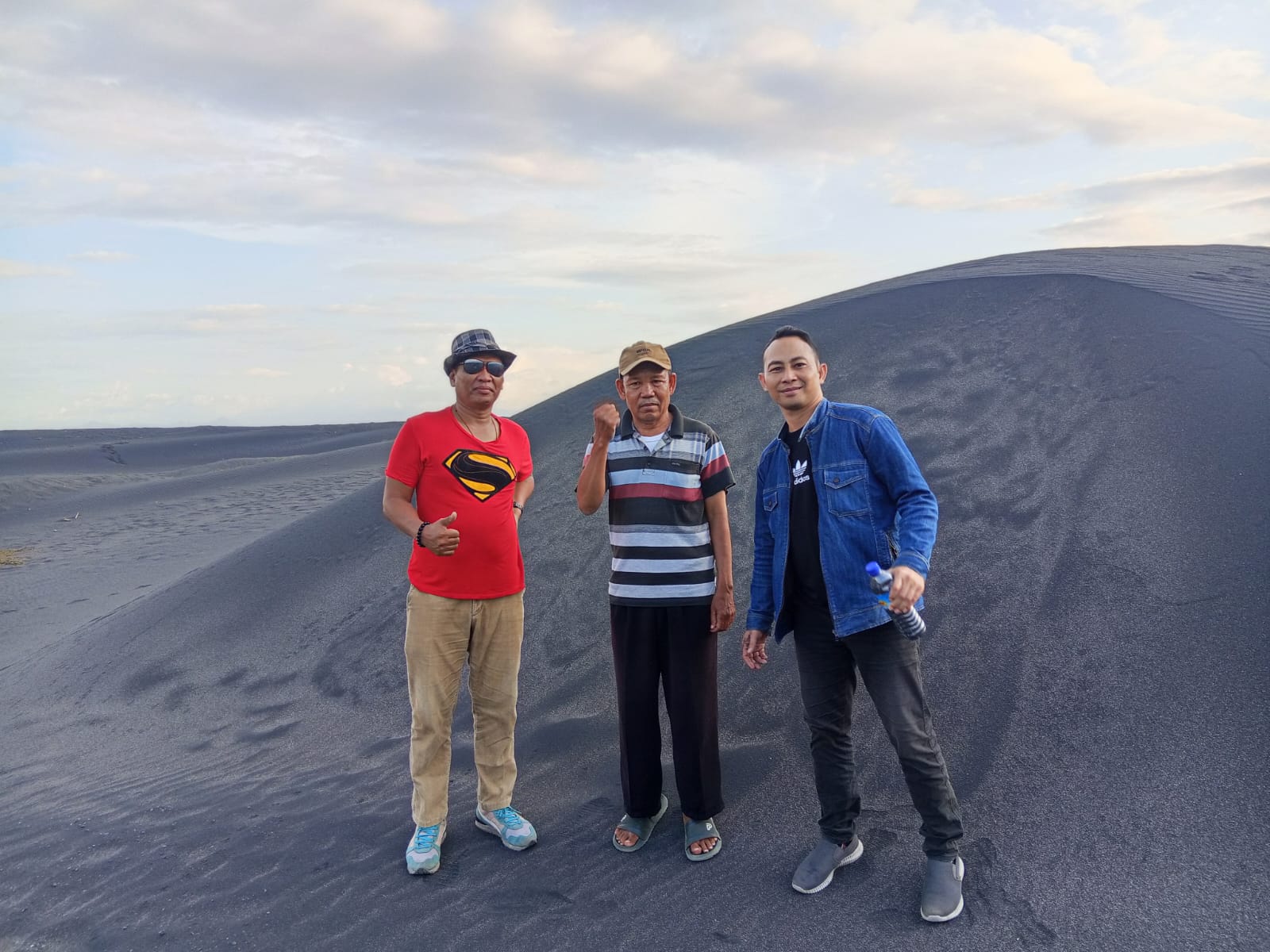Iron Sand Mine

The Iron Sand Project is one of the development projects in Indonesia. Located in the Province of West Nusa Tenggara, Lombok, this project is planned to develop in stages to ensure stable growth. The initial stage will begin with the processing of Iron sand processed using various methods, including:
1. Mining and Extraction
The initial stage involves extracting the iron sand from the mining site. This can be done manually or with heavy equipment like excavators and bulldozers. Once extracted, the iron sand is transported to a processing facility.
2. Crushing and Grinding
After extraction, the raw iron sand undergoes crushing and grinding to reduce its particle size. This process facilitates the separation of iron minerals from other materials. The equipment used includes:
- Crushers: To break down large rocks into smaller pieces.
- Ball Mills or Rod Mills: To grind the material into fine powder.
3. Magnetic Separation
4. Gravity Separation
5. Flotation
6. Washing Process
Washing is performed to remove impurities such as clay, mud, and organic materials attached to the iron sand. This process involves using water and a cyclone separator.
7. Pelletizing Process
Once the iron sand is concentrated, it is often formed into pellets for easier handling and smelting. The pelletizing process includes:
- Fine Grinding: Grinding the iron sand into fine powder.
- Binder Addition: Adding a binding material (e.g., bentonite).
- Pellet Formation: Forming the powder into small, uniform pellets.
8. Roasting Process
9. Smelting Process
The final step involves smelting the iron sand to extract metallic iron or steel. This is done in furnaces such as:
- Blast Furnaces: Use coke and flux (e.g., limestone) to reduce the iron ore and separate impurities.
- Electric Arc Furnaces (EAF): Use electricity to melt and refine the material.
- Induction Furnaces: Use electromagnetic induction to achieve the same purpose.
10. Refining
After the metallic iron is obtained, a refining process is used to remove remaining impurities such as carbon, sulfur, phosphorus, and other unwanted elements. Depending on the desired purity, chemical or electro-metallurgical refining methods may be used.
Each of these methods can be tailored based on the quality of the iron sand and the desired output. Often, multiple methods are combined to achieve optimal results in iron sand processing.Sand processing is planned to start in 2024 and first production is targeted for early 2025.
Let’s talk about your project
Regardless of any project size and workload given, the relayed projects will be planned, controlled, conducted and frequently inspected to ensure that any rendered projects are fully compliant with various mining organizations and related structures.

